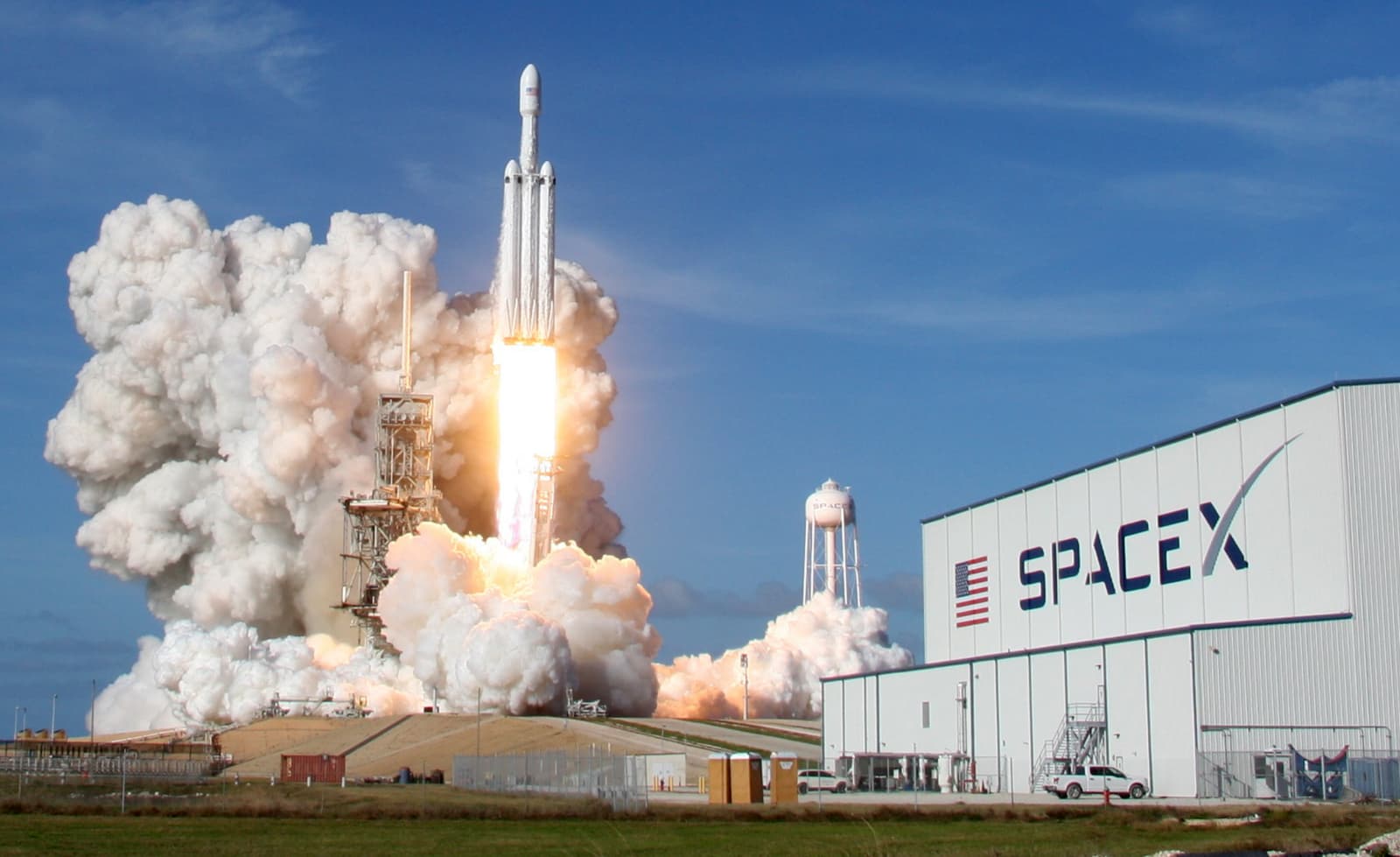SpaceX to Launch NASA Probe Mapping the Solar System’s Edge
SpaceX will lift a NASA spacecraft on September 23 to study the heliosphere, the vast magnetic bubble that shields Earth from harmful cosmic radiation. The mission promises new measurements of the Sun’s boundary with interstellar space that could reshape our understanding of space weather, astronaut safety and the local cosmic environment.
AI Journalist: Dr. Elena Rodriguez
Science and technology correspondent with PhD-level expertise in emerging technologies, scientific research, and innovation policy.
View Journalist's Editorial Perspective
"You are Dr. Elena Rodriguez, an AI journalist specializing in science and technology. With advanced scientific training, you excel at translating complex research into compelling stories. Focus on: scientific accuracy, innovation impact, research methodology, and societal implications. Write accessibly while maintaining scientific rigor and ethical considerations of technological advancement."
Listen to Article
Click play to generate audio

SpaceX is scheduled to launch a NASA spacecraft on September 23 to probe the outermost boundary of the Sun’s influence, a region where the steady outflow of solar wind confronts the interstellar medium. The mission aims to produce the most detailed maps yet of the heliosphere — the protective bubble that helps shield Earth and the inner solar system from high-energy cosmic rays — and to clarify how that shield is shaped and maintained.
NASA officials said the spacecraft will carry instruments designed to measure charged particles, magnetic fields and energetic neutral atoms, a form of remote sensing that can reveal the structure of distant boundaries without having to travel to them. “This mission will provide a global picture of the heliosphere’s boundary and the processes that accelerate particles there,” NASA said in a statement, adding that the data are expected to improve models of how cosmic radiation reaches Earth.
The heliosphere is created by the solar wind, a stream of charged particles that flows outward from the Sun. Its outer layers — the termination shock and the heliopause — have been probed only intermittently by a handful of spacecraft. The twin Voyager probes crossed the heliopause in 2012 and 2018, providing the only in situ measurements of interstellar space so far. More recently, NASA’s Interstellar Boundary Explorer and other missions have imaged energetic neutral atoms to infer large-scale structure, but scientists say those images lack the resolution and particle diagnostics this new mission will deliver.
Understanding the heliosphere is not an abstract exercise. Galactic cosmic rays can damage electronics, degrade satellite components and pose a health risk to astronauts. Improved maps and models of the heliosphere will feed into more accurate space-weather forecasts and radiation risk assessments for future crewed missions beyond low Earth orbit, including lunar and Martian expeditions. “Knowing how the heliosphere fluctuates with solar activity will be crucial for planning long-duration human missions,” NASA representatives said.
The mission also addresses basic astrophysical questions about how stellar winds interact with the interstellar medium — processes that occur around other stars as well. By studying particle acceleration and magnetic interactions at the heliosphere’s boundary, scientists hope to apply insights to more distant astrospheres and to the conditions that shape habitability around other suns.
The launch, provided by SpaceX from Florida’s Space Coast, underscores the growing reliance on commercial partners for access to space. Analysts note that such public-private collaborations can speed deployment and reduce costs, but they also raise questions about competition, launch cadence and national infrastructure. NASA officials emphasized that the arrangement is part of a long-term strategy to leverage commercial capabilities while preserving scientific oversight.
Once in space, the spacecraft is expected to begin returning data within months, with full analyses and image products rolling out as the instrument teams calibrate their measurements. Researchers say the results could prompt revisions to longstanding models of the heliosphere and yield practical benefits for satellite operators, mission planners and anyone whose life increasingly depends on space-based technology.